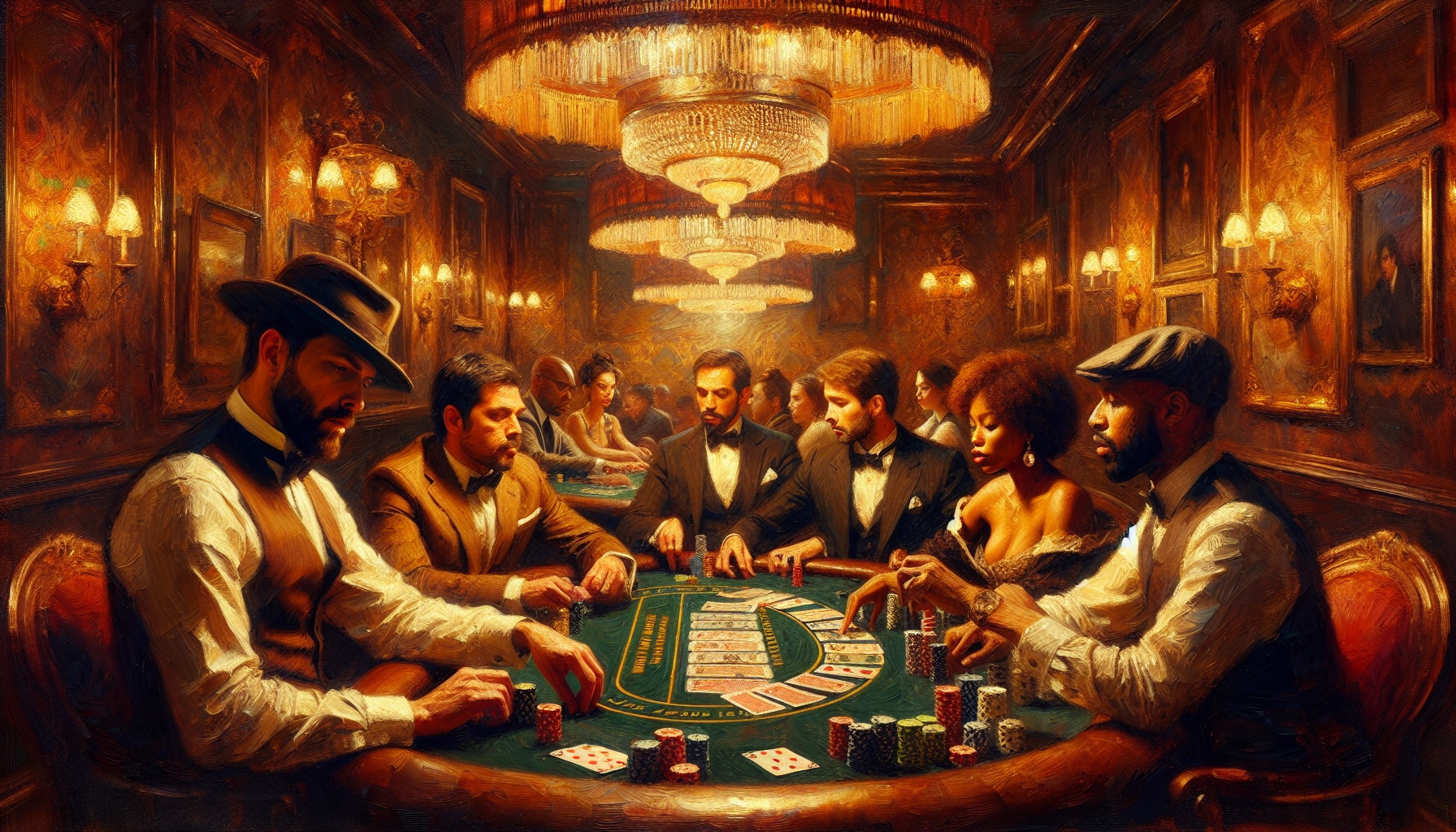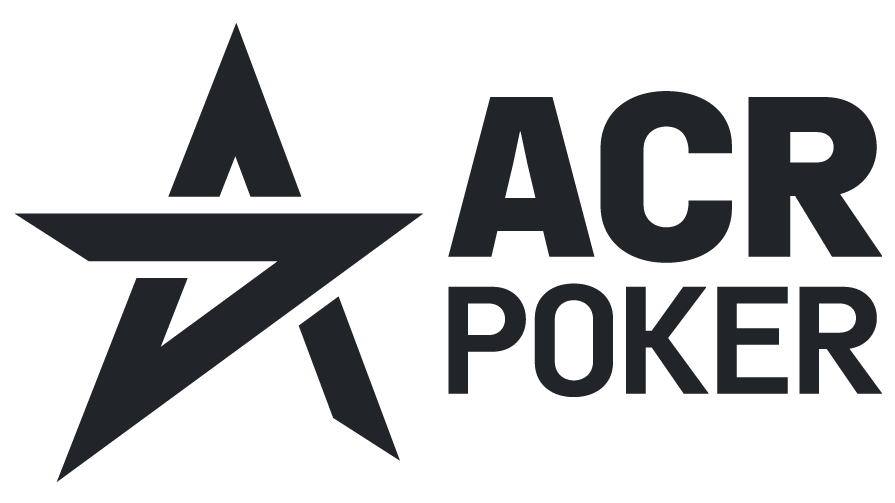
What Does Dry Mean in Poker?
In poker, a ‘dry’ board refers to a community card layout that offers few opportunities for players to complete draws or strong hands. Typically, a dry board will lack coordinated cards such as connected or suited cards, making it less likely for opponents to have strong hands or draws. If you’re interested in learning more about strategies and gameplay, you might want to explore online poker to experience dry boards firsthand.
When You Might Hear Or Use The Term Dry:
Dry boards are often mentioned in discussions about continuation betting and bluffing, as they can be ideal for such strategies due to the low likelihood of opponents having strong hands.
In-Game Example:
You are holding AK, and the flop comes Q72. This is considered a dry board because there are no flush or straight draws, making it difficult for opponents to improve their hands.
Strategy / Tips:
- Best Practice: Use dry boards to make continuation bets, as opponents are less likely to connect with the board.
- Common Mistake: Assuming all opponents will fold to aggression without considering their preflop strength.
- Pro Tips: Pay attention to opponents who may float on dry boards with intention to bluff on later streets.
- Differences playing over the table vs online: Online players might rely more on board texture statistics, while live players can use physical reads.
Alternative Names:
None commonly used.
FAQs:
- Q: What types of hands should I bet on a dry board?
A: Hands with showdown value or high equity, as well as bluffing with air when you have position and the right table dynamics. - Q: Can dry boards ever become dangerous?
A: Yes, if an opponent is slow-playing a strong hand or if future cards enhance the board’s potential.

